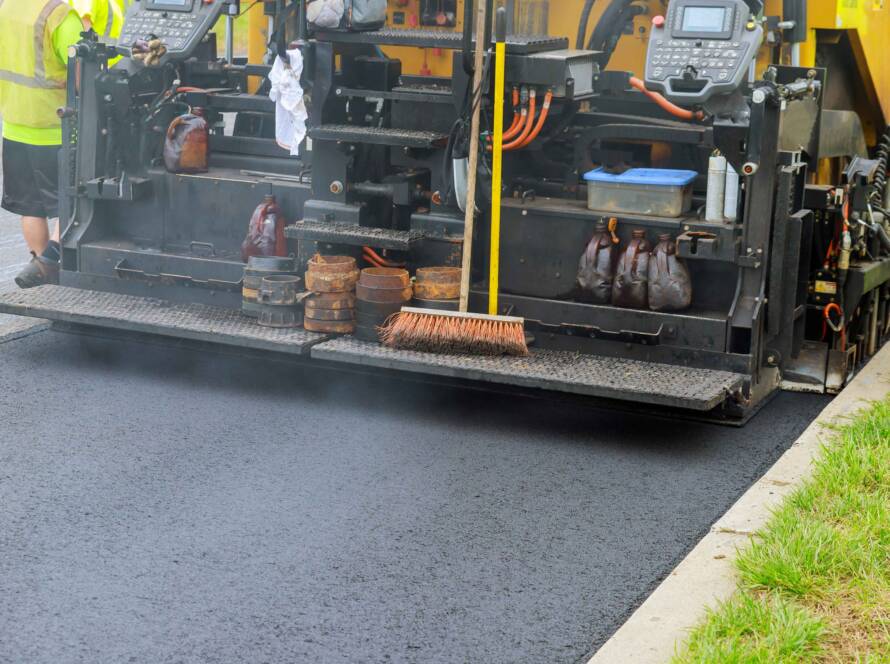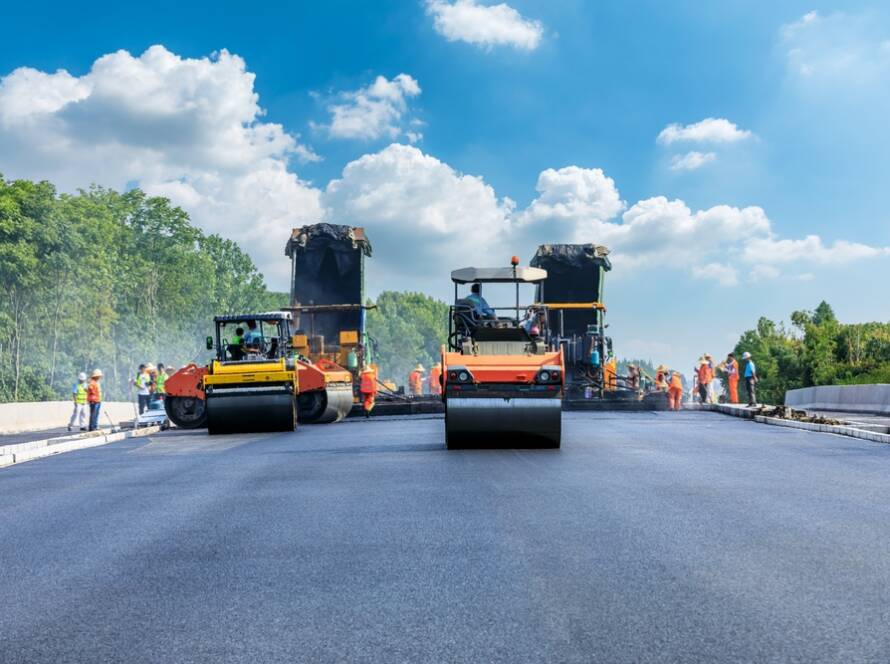The Rise of Eco-Friendly Road Surfacing
Eco-friendly road surfacing is becoming a crucial part of modern infrastructure as governments, contractors, and communities look for greener solutions. Traditional road construction methods are known for their environmental drawbacks—high energy use, greenhouse gas emissions, and reliance on non-renewable materials. In contrast, eco-friendly road surfacing offers a sustainable, cost-effective way to build and maintain roads that meet today’s environmental standards.
Whether it’s using recycled materials or implementing permeable pavements, these sustainable practices significantly reduce the environmental footprint of construction projects while offering long-term benefits for public health, safety, and infrastructure resilience.
Benefits of Eco-Friendly Road Surfacing
The advantages of eco-friendly road surfacing go beyond just being “green.” This approach directly contributes to:
1. Lower Greenhouse Gas Emissions
Eco-friendly road surfacing techniques such as Warm Mix Asphalt (WMA) and Recycled Asphalt Pavement (RAP) significantly reduce CO₂ emissions during both production and installation.
2. Reduced Energy Consumption
Sustainable road surfacing uses lower manufacturing temperatures and energy-efficient materials, making it ideal for contractors aiming to meet energy reduction goals.
3. Decreased Use of Non-Renewable Resources
Eco-friendly road surfacing reuses existing materials, reducing dependency on limited raw materials such as gravel, bitumen, and sand.
4. Improved Stormwater Management
Permeable surfaces allow rainwater to seep into the ground, decreasing runoff, reducing flood risks, and improving local water quality.
5. Enhanced Durability and Safety
Many sustainable surfacing options result in longer-lasting roads with improved traction and reduced maintenance costs, making them safer for both drivers and pedestrians.
Popular Eco-Friendly Road Surfacing Materials
A variety of eco-friendly materials are now being used to build roads that are both high-performing and sustainable. These include:
1. Recycled Asphalt Pavement (RAP)
Recycled Asphalt Pavement is one of the most commonly used eco-friendly road surfacing options. It involves repurposing old, milled asphalt to create a strong and durable new surface.
-
Cuts down on landfill waste
-
Reduces costs for both material and transport
-
Maintains excellent structural performance
2. Warm Mix Asphalt (WMA)
Unlike traditional hot mix asphalt, Warm Mix Asphalt is produced at significantly lower temperatures.
-
Decreases emissions by 20–40%
-
Improves working conditions for contractors
-
Allows for longer haul distances and better compaction
3. Permeable Pavement Systems
These eco-friendly road surfacing options include porous asphalt and pervious concrete.
-
Improves drainage and prevents surface water accumulation
-
Helps reduce urban heat island effects
-
Supports groundwater recharge
4. Rubber-Modified Asphalt
This mix incorporates recycled tire rubber to enhance road flexibility and performance.
-
Extends pavement life
-
Provides superior resistance to cracking
-
Helps reduce waste from discarded tires
Implementing Eco-Friendly Road Surfacing Techniques
Transitioning to eco-friendly road surfacing isn’t just about materials—it requires thoughtful planning, collaboration, and long-term vision.
Step 1: Assess Project Viability
Conduct detailed surveys to identify roads that would benefit most from sustainable surfacing solutions. Consider traffic volume, climate, and soil conditions.
Step 2: Engage Stakeholders Early
Involve local councils, environmental groups, and the public to gain support and align the project with community sustainability goals.
Step 3: Design a Sustainable Surfacing Plan
Map out your eco-friendly road surfacing strategy. Choose suitable materials, set sustainability benchmarks, and develop timelines that align with available funding and contractor availability.
Step 4: Secure Funding and Partnerships
Many eco-friendly road surfacing projects are eligible for green infrastructure grants or climate resilience funding. Consider partnerships with local businesses or sustainability-focused investors.
Step 5: Monitor and Evaluate
Track performance through regular inspections. Use data to evaluate durability, surface wear, drainage effectiveness, and overall environmental benefits.
The Role of Innovation in Eco-Friendly Road Surfacing
Ongoing research and development are making eco-friendly road surfacing more efficient and accessible every year.
Cutting-Edge Advancements Include:
-
Self-Healing Asphalt: Designed to automatically repair small cracks using embedded fibers or capsules.
-
Bio-Binders: Plant-based alternatives to petroleum binders that offer a renewable, biodegradable option for road surfaces.
-
Solar Road Panels: Integrated solar tech that generates electricity from roads while maintaining functionality.
-
Piezoelectric Energy Harvesting: Captures vibrations from traffic and converts them into usable energy for street lighting or signage.
Eco-Friendly Road Surfacing in Practice
In the UK and across Europe, cities are beginning to integrate eco-friendly road surfacing as part of their long-term transport strategies. These efforts are helping communities meet carbon targets, adapt to extreme weather, and save money on recurring maintenance.
Case Example:
In Hertfordshire, trial projects using recycled asphalt combined with warm mix technology have shown promising results, reducing CO₂ emissions by over 25% and extending pavement life by several years.
Conclusion: Why Eco-Friendly Road Surfacing Is the Future
Eco-friendly road surfacing is more than a trend—it’s a necessary shift toward sustainable infrastructure. By embracing techniques that lower emissions, conserve resources, and enhance road longevity, communities can enjoy safer roads, healthier environments, and reduced long-term costs.
At Total Surfacing, we’re committed to bringing these innovations to life. Whether it’s recycled materials, rubber-modified asphalt, or permeable pavement solutions, our goal is to build roads that last and protect the world we live in.




